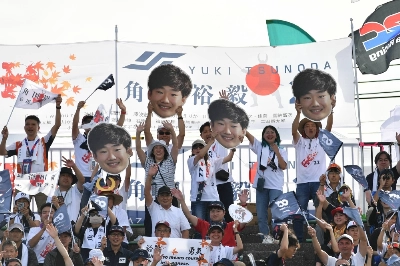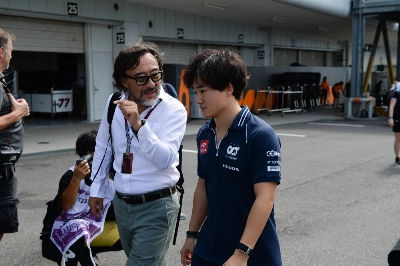From the culmination of James Hunt’s tense title fight with Niki Lauda in 1976 to the bitter battles between Formula One legends Ayrton Senna and Alain Prost from 1988 to 1990, the Japanese Grand Prix has seen its share of dramatic championship-deciding races over the years.
There wasn’t much in the way of drama Sunday as Red Bull wrapped up the constructors’ title and star Max Verstappen put one hand on his third straight drivers’ title with a dominant victory, but the 2023 race could still go down as the final time Suzuka Circuit sees a title secured on its iconic 5.8 kilometer track.
Japan had long held the coveted position of being among the last grands prix on the calendar, thus making it the scene of many title fights. But an expanded calendar in recent years, especially with new races added to countries in the Middle East, has moved the iconic Suzuka race to earlier in the season, lowering its chances of crowning a champion.





















With your current subscription plan you can comment on stories. However, before writing your first comment, please create a display name in the Profile section of your subscriber account page.